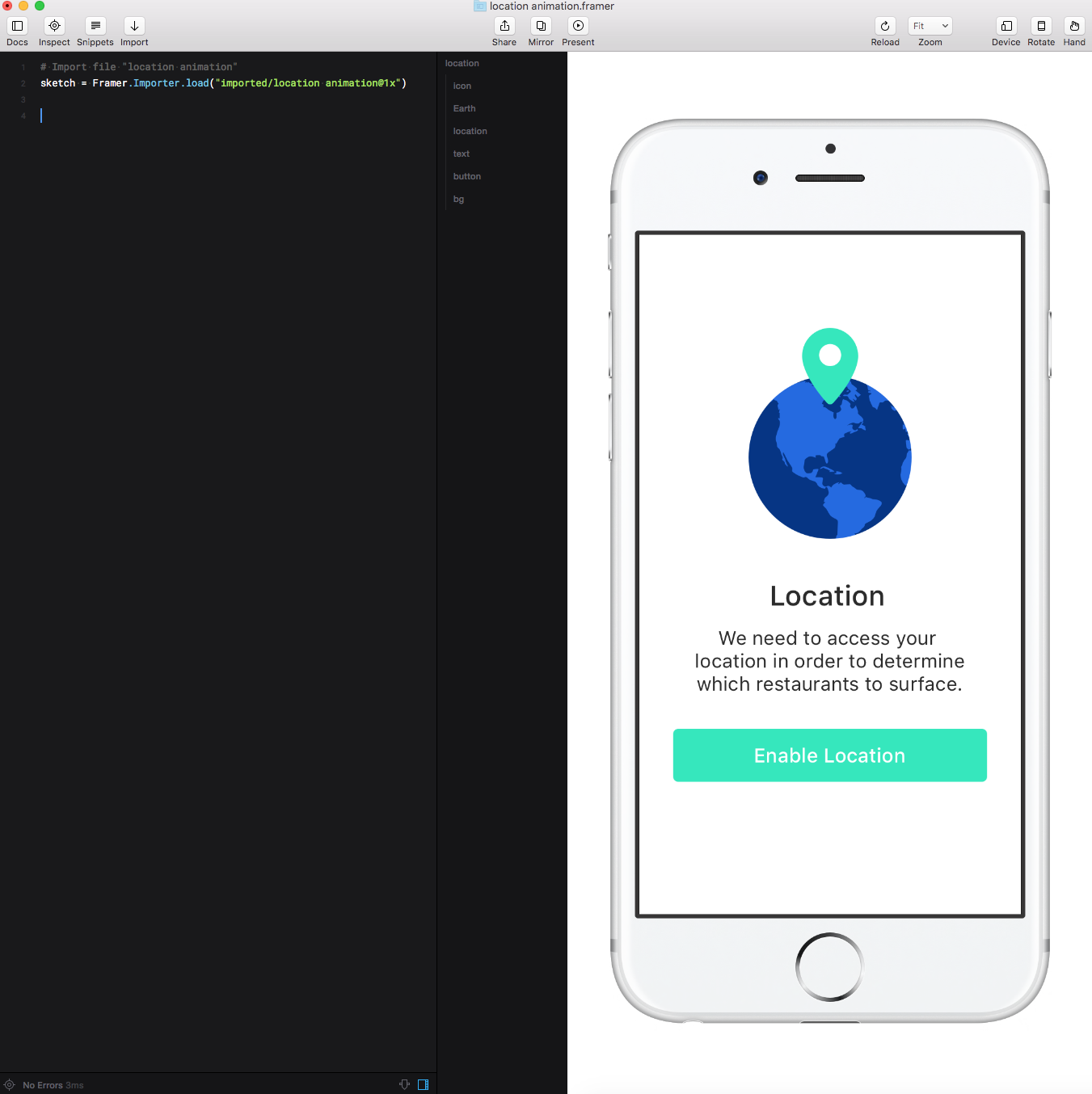
Lastly, since it is part of Framer and integrates with the Framer X design tool, using both tools can help make your workflow smoother and more efficient (I don’t have any experience with this personally, but I imagine they are great together).
FOUNDATION FRAMER TUTORIAL HOW TO


Tweaking these values will make the animation behave differently. Two values are used to define a spring animation: stiffness and damping. They don’t simply reach and stop at the end state they sort of bounce past and settle into place. They do this through physics principals such as momentum. Spring animations apply the laws of physics to have smoother, more natural animations. Easing animations simply don’t look natural or realistic with their behavior and set duration. The alternative is easing animations, which you create with CSS, e.g., 1s ease-in. Spring animations have gained tremendous popularity in recent years. You’ll need to customize these if you want different behavior.

To learn more about Framer Motion, our tutorial will cover these topics:įramer Motion uses spring animations by default. If you’re currently using Pose, I would recommend updating to Framer Motion because Pose has been deprecated. One difference is that whereas Framer Motion only has support for React, Pose has support for React-Native and Vue. Like Pose, it’s built upon promotion, which is a low-level, unopinionated animation library, but it provides abstractions to streamline the process.įramer Motion improves upon and simplifies the API in a way that couldn’t have been done without breaking changes and rewriting. Think of Framer Motion as more of an improvement or reinvention of an existing animation library than a brand new one.įramer Motion is the successor to Pose, which was one of the most popular animation libraries used with React. If you’re like me, your first thought when you read this headline might be, “Why do we need yet another animation library for React? This is getting tiring!”

Some information may still be out of date. Framer Motion tutorial: How to easily create React animationsĮditor’s note: This post was last updated 29 July 2021. I also like writing technical blog posts to help others with difficult topics I encounter. Glyn Lewington Follow Web developer with a focus on frontend, particularly React.


 0 kommentar(er)
0 kommentar(er)
